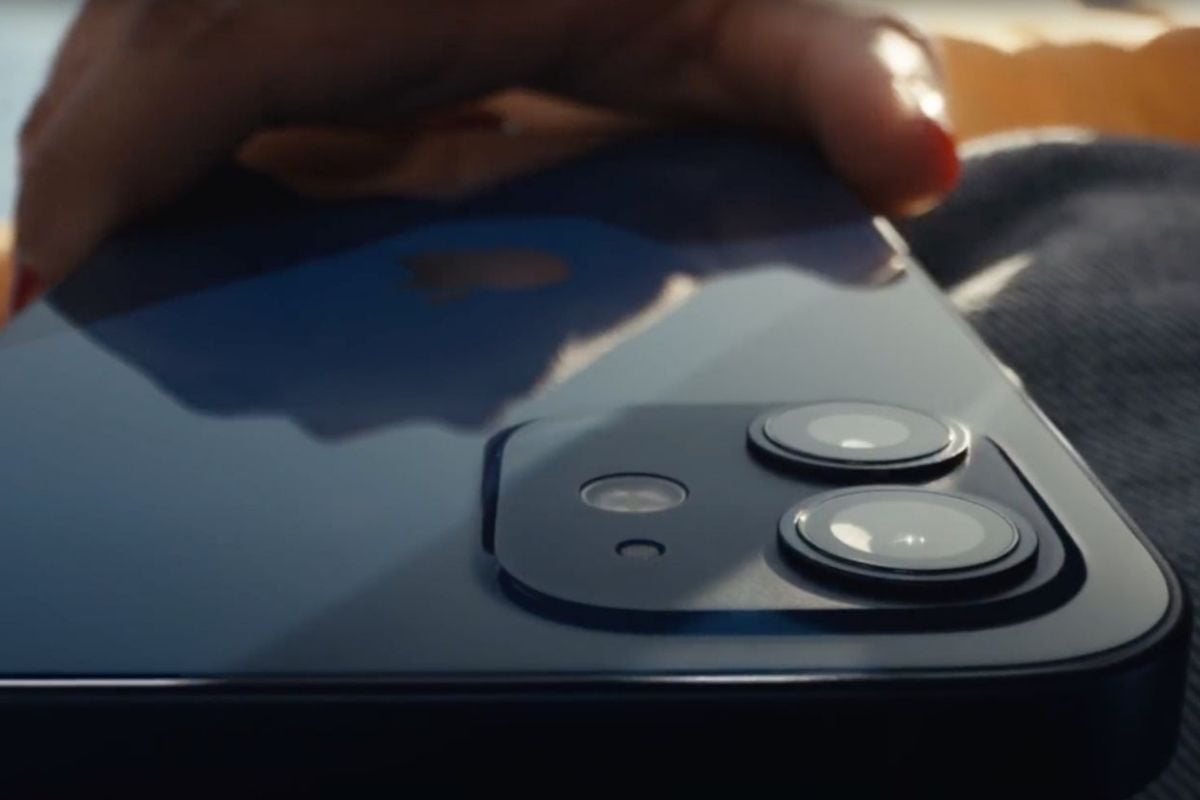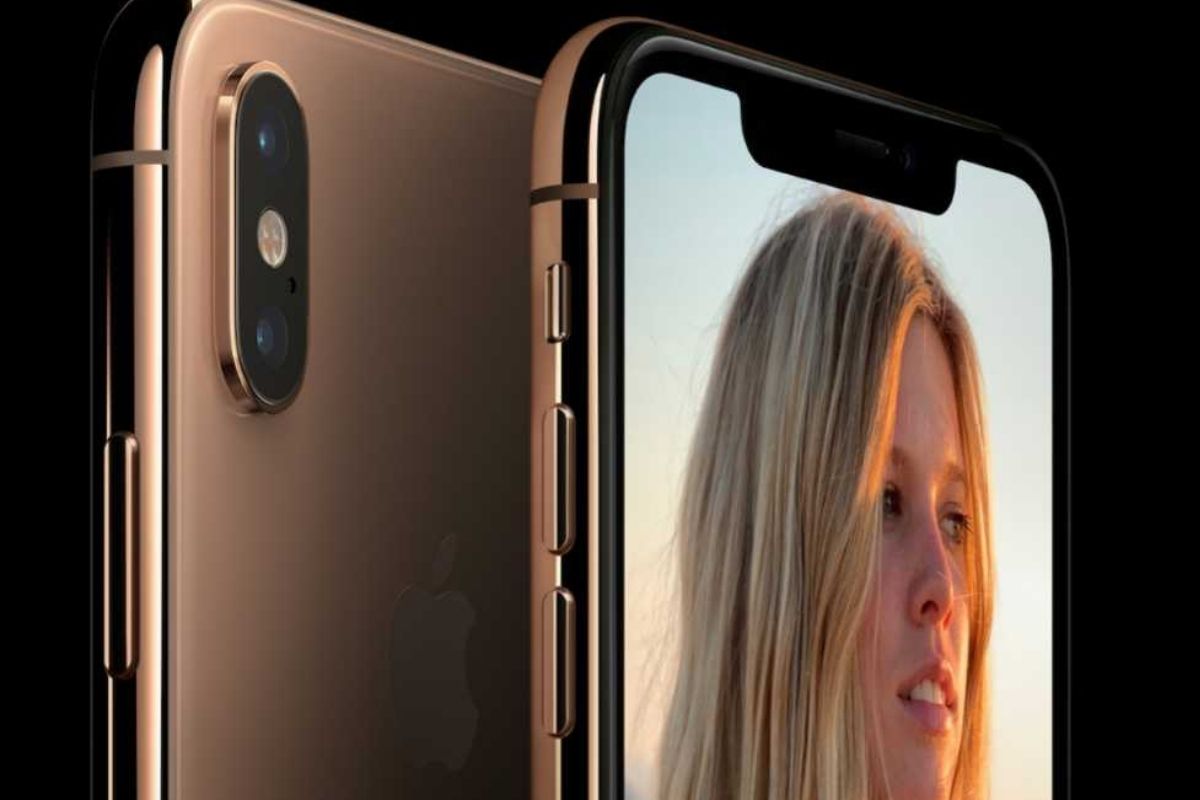Apple’s latest and greatest iPhone 12 series has already been replaced with talks of the iPhone 13 lineup ripe in the market. From offering a smaller notch to a better set of cameras, tips suggest improvements on an all-around basis for the next-gen of iPhones. With these rumours, the most talked about one is the prospect of a smaller notch, users having been annoyed for some time over the large and cumbersome notch that has been present on the iPhone since the iPhone X. Now, it seems that Apple is actually going to make this much-awaited change and, rumours are now providing some insight into how the company will make this possible without removing its coveted Face ID.
How Is Apple Shrinking The Notch?
Supply chain sources, in conversation to DigiTimes (via MacRumors), have come forward to reveal that Apple is truly developing a much smaller Face ID system to be implemented on the upcoming iPhone and iPad Pro models, with the first device launching in late 2021, hinting at the iPhone 13 debut. In order to achieve this much smaller notch size, the company will not be removing any components or downgrading its Face ID setup, but, it will be making use of a refreshed VCSEL chip for image processing via Face ID, making it up to 40-50% smaller in comparison to older devices. This change, when paired with the repositioning of the in-ear speaker, another rumour that has been making rounds, is believed to be the reason for a noticeably smaller notch than before, as has been leaked in recent months. Furthermore, DigiTimes has noted that Apple’s redesigned VCSEL chip will reduce overall costs; by reducing the size of the component by half, the company will also reduce the number of wafers required for production. Another rumour regarding the display is the possibility of a 120Hz display, especially with the Pro models. As of now, every device under the iPhone 12 series makes use of a panel that has a refresh rate of 60Hz, with the competition having moved on to 120Hz panels a while back. Now, it seems Apple will be catching up to its competitors. The expected name for this display is ProMotion, much like the iPad. This feature will automatically adapt the refresh rate on the basis of the content that is currently being played, going down to a lower hertz rate and jumping up to 120Hz in a necessary use case.

